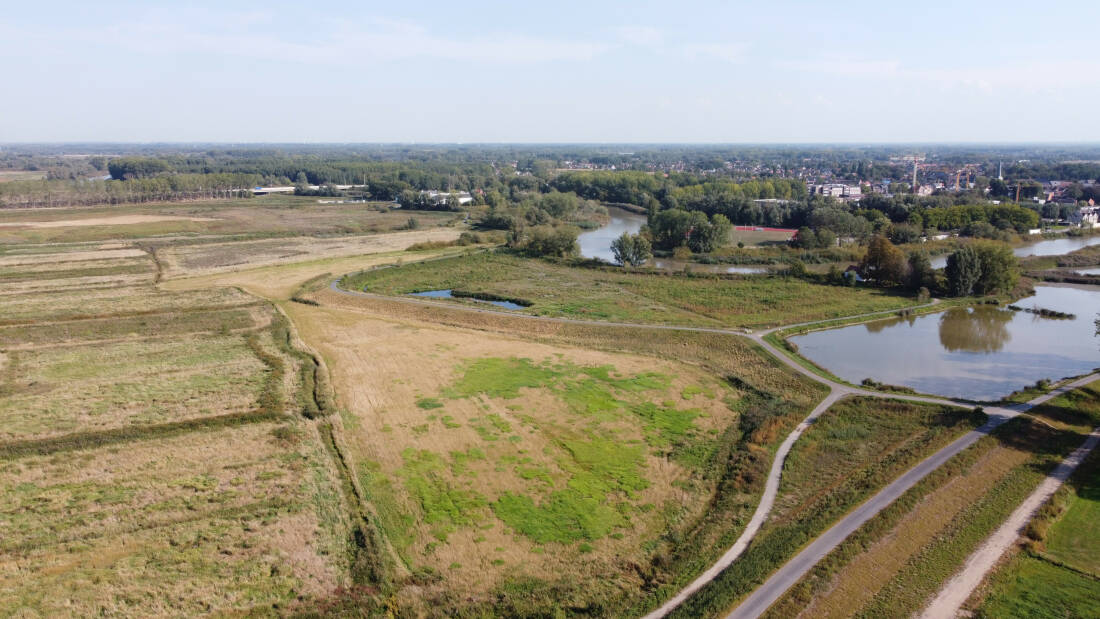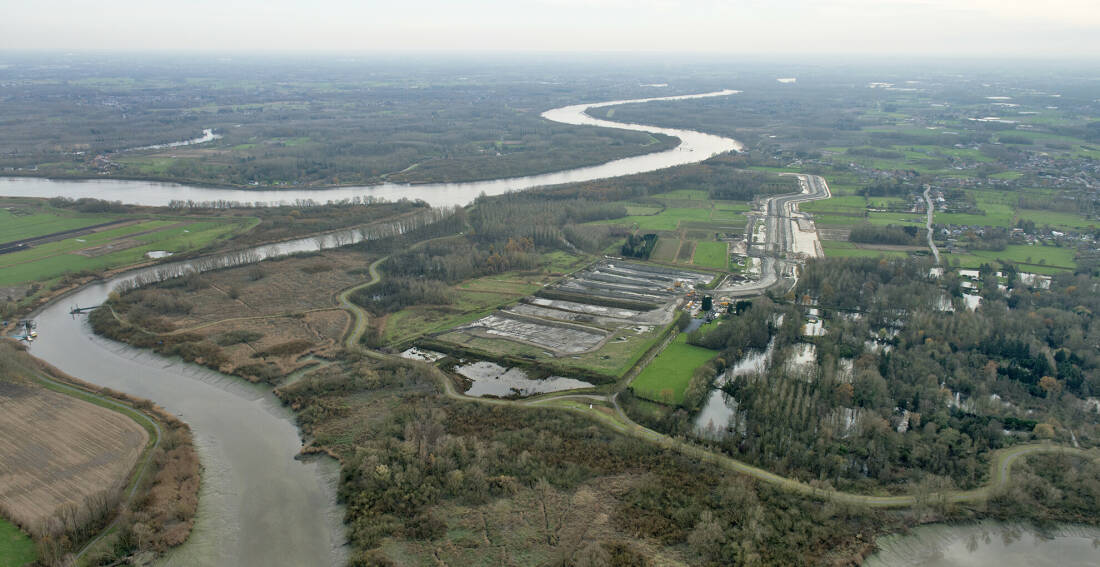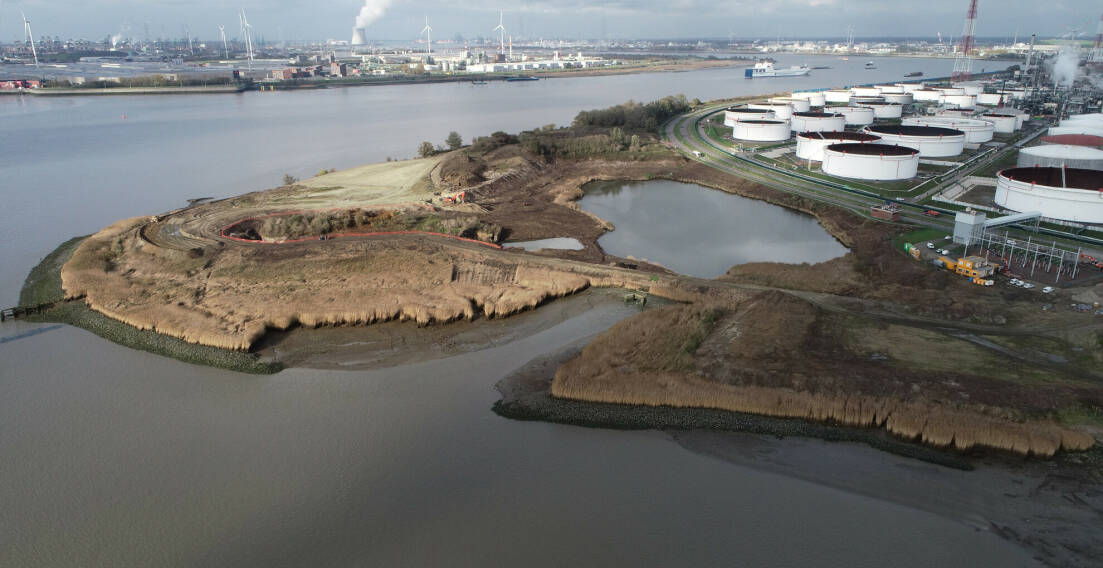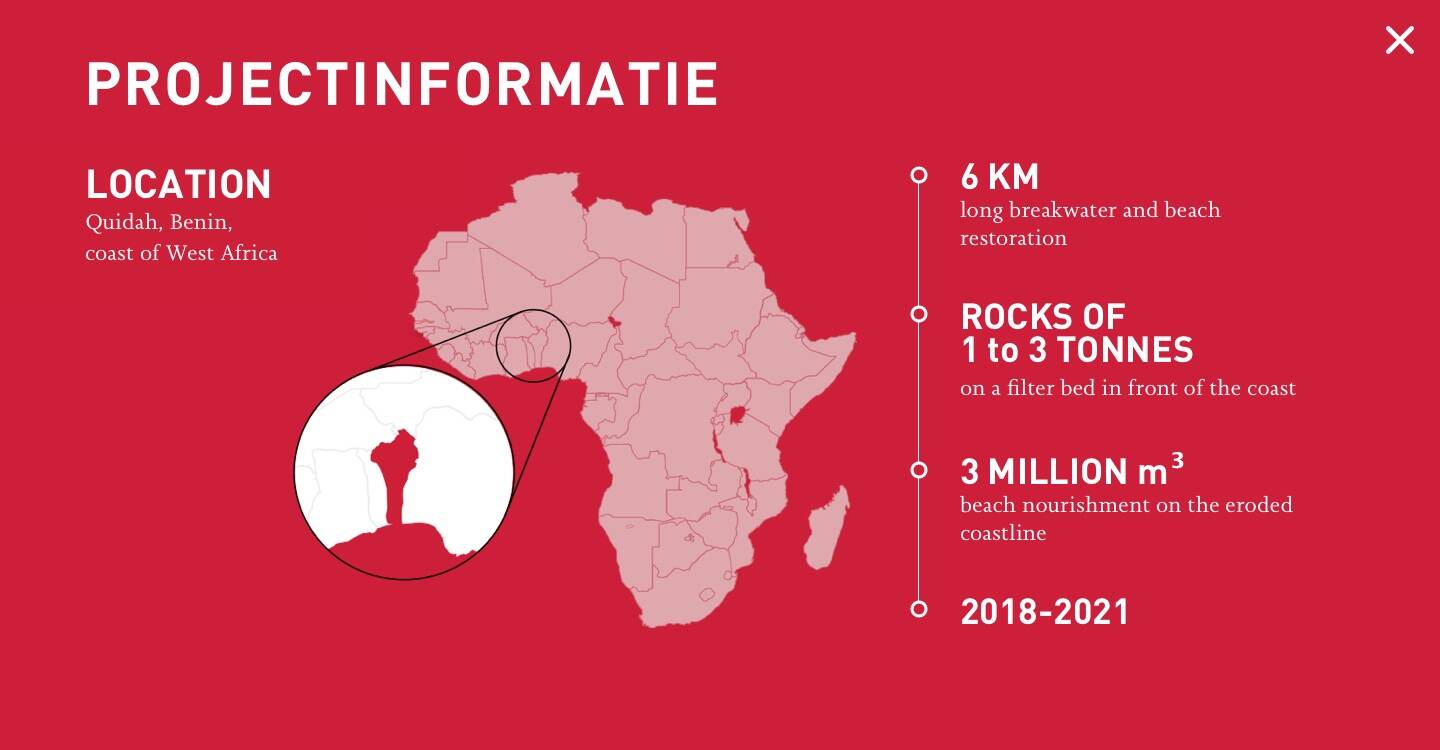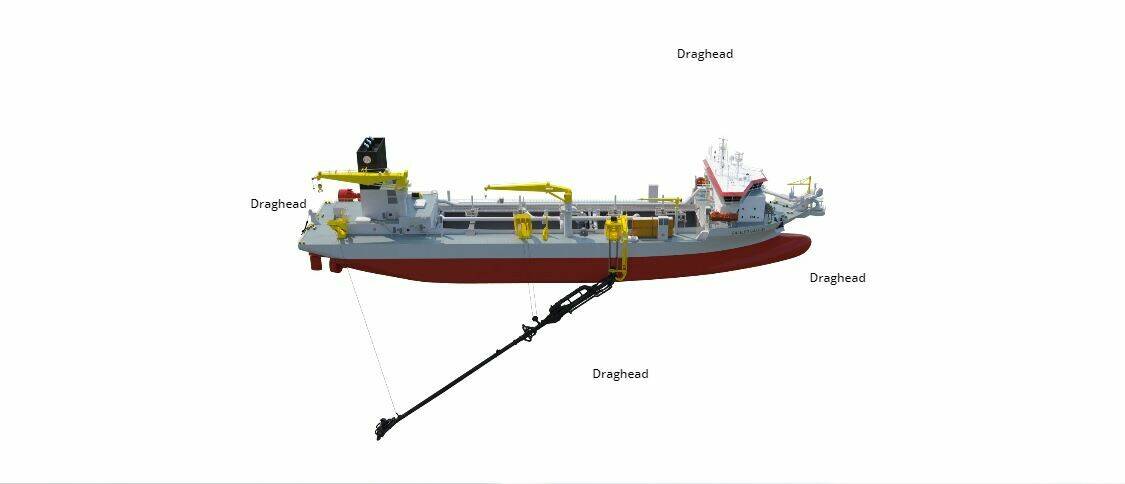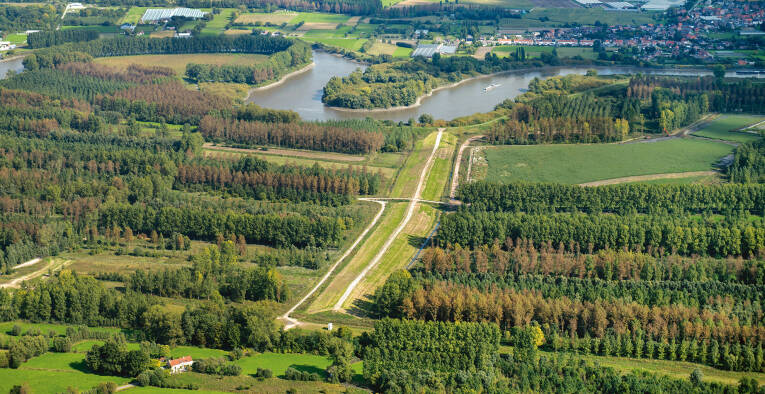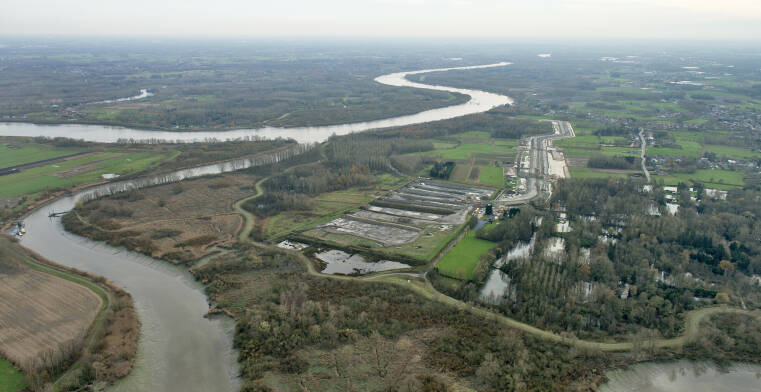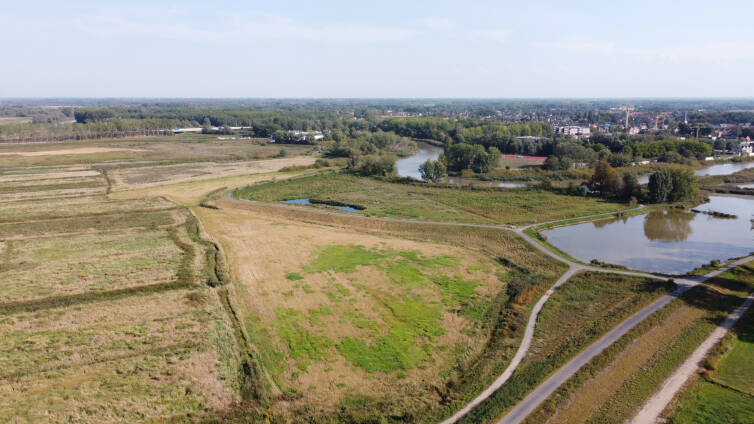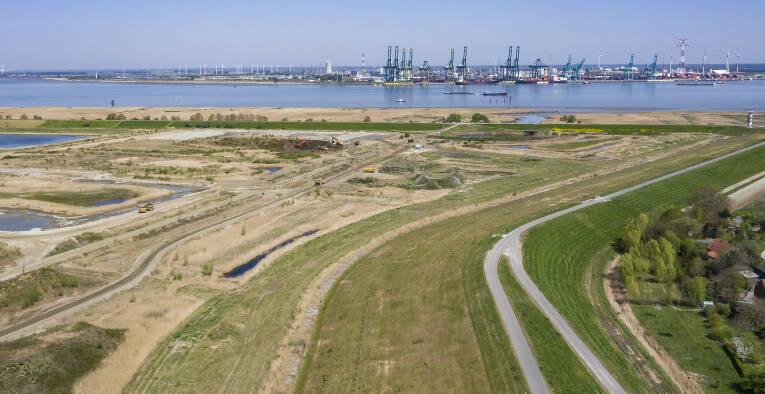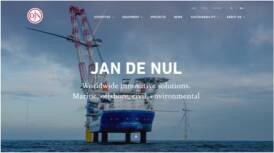
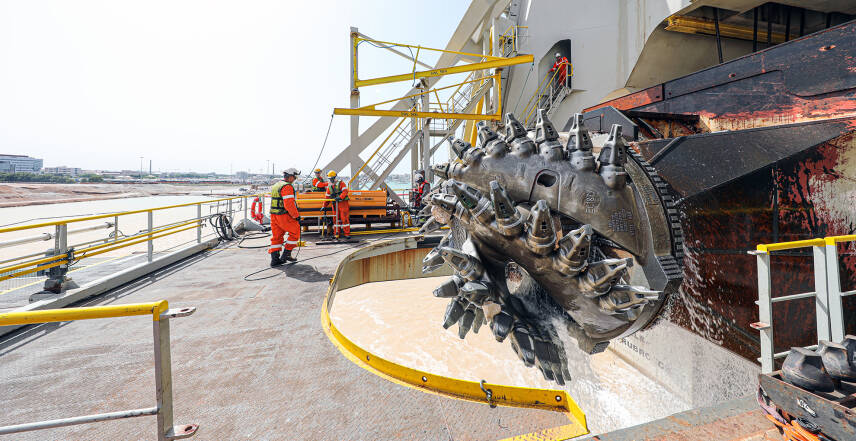
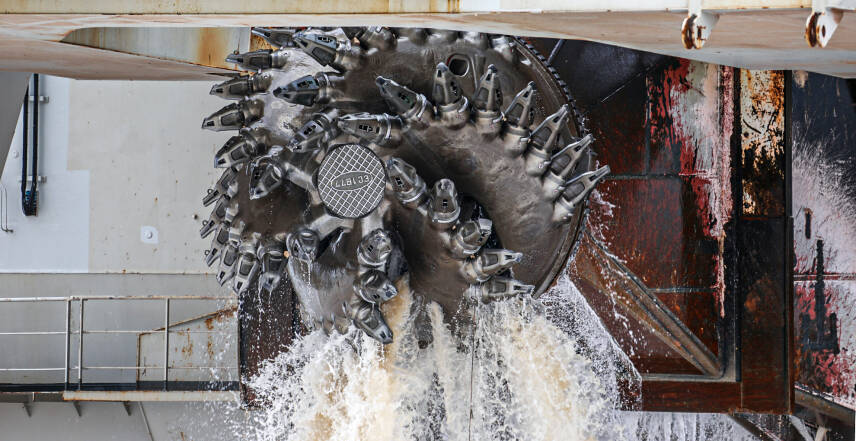
From time to time, the cutter head had to be replaced as well. Depending on the area, this could be as often as once every 12 hours. Thirteen cutter heads were mobilised to have sufficient spares on site. Two mobile welding stations were organised on the shore to repair and prepare the cutter heads.
Beforehand the project team mobilized 15,000 pick points to have sufficient spare parts on site.
After replacing the pick points the cutter head is lowered into the water again and ready for another dredging campaign.
The cutter head is pulled out of the water and crewmembers are taking place on the cutter bordes to manually replace the worn down pick points. During the Bari project, the cutter head consists of 45 pick points. Depending on the ground specifications, the amount of pick points may differ.
Board our Willem van Rubroeck and experience dredging in the port of Bari
Cutter ‘pit stop’ in a nutshell



More project info?
Check out our website.
Cutter Head Diameter
Pick Point Single Weight
Cutter Head Weight
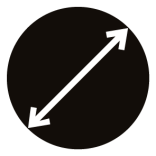
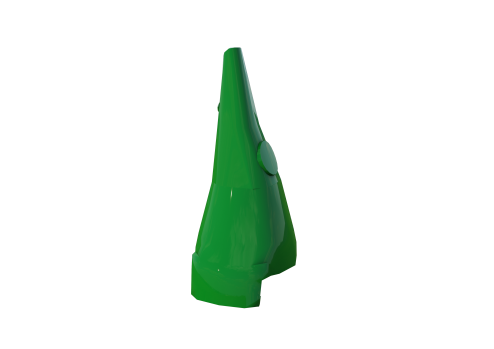
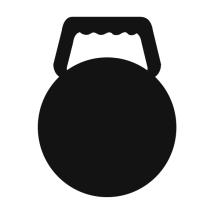
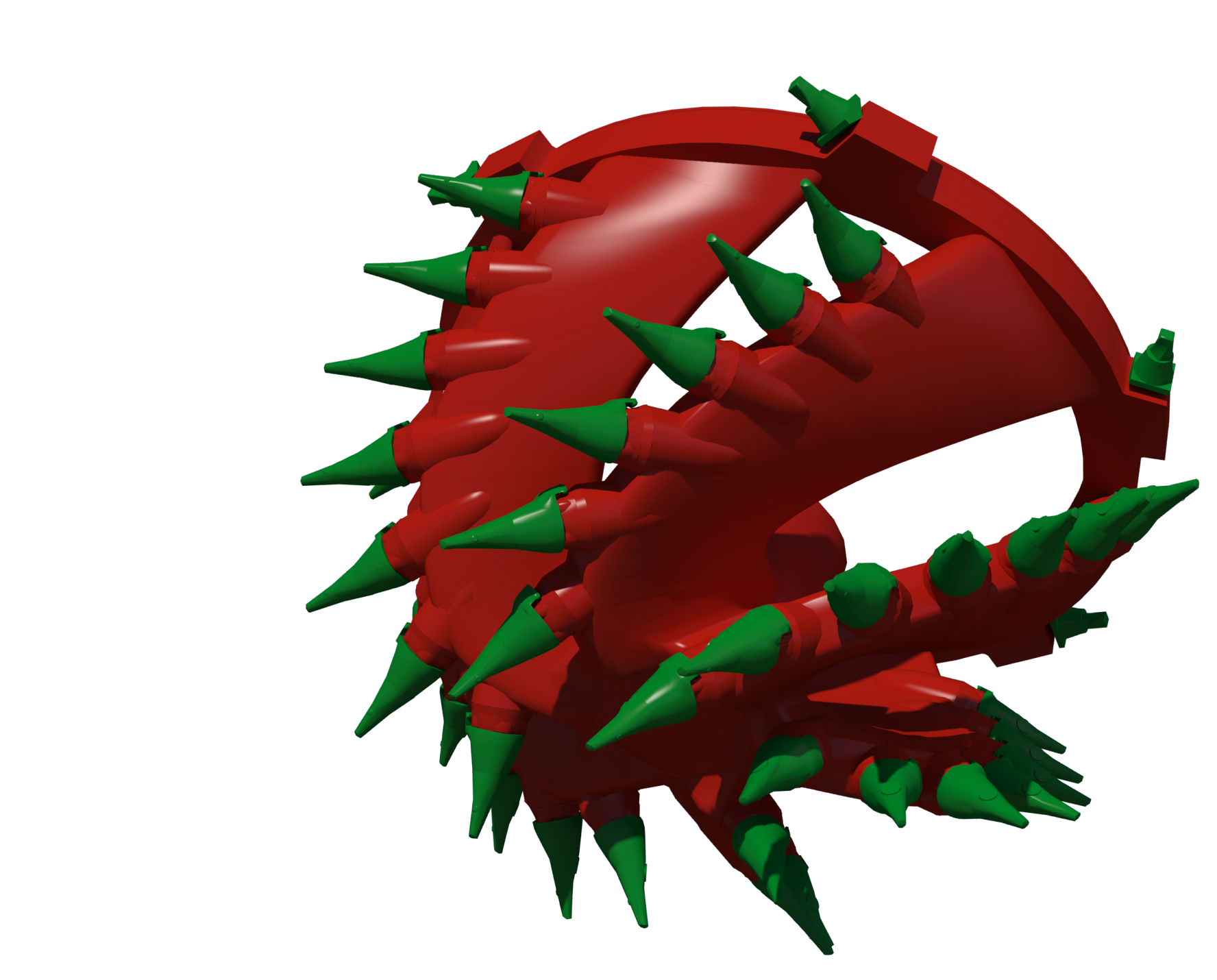
Excellent cooperation with local authorities and stakeholders ensured that the dredging activities could run in parallel with the busy ship traffic in the port itself.
In parallel with the vessel's dredging activities, the new area for the future terminal on land is taking shape. The dredged material is pumped ashore via a floating pipeline of about 900 m. In this reclamation area, new quays will appear where container ships, cruise ships and ferries will be able to moor.
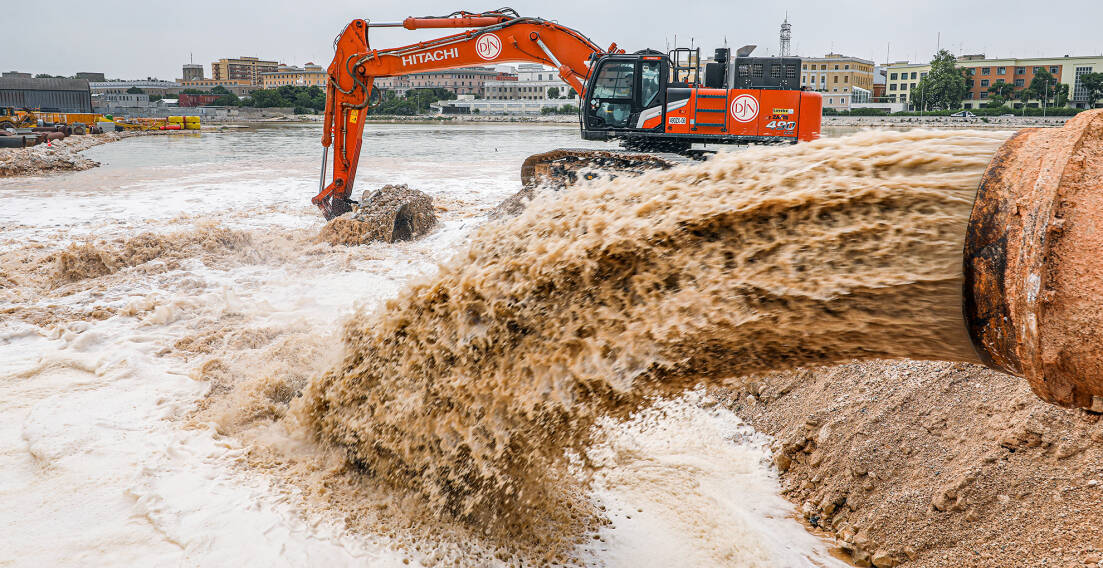
A floating pipeline of about 900 m
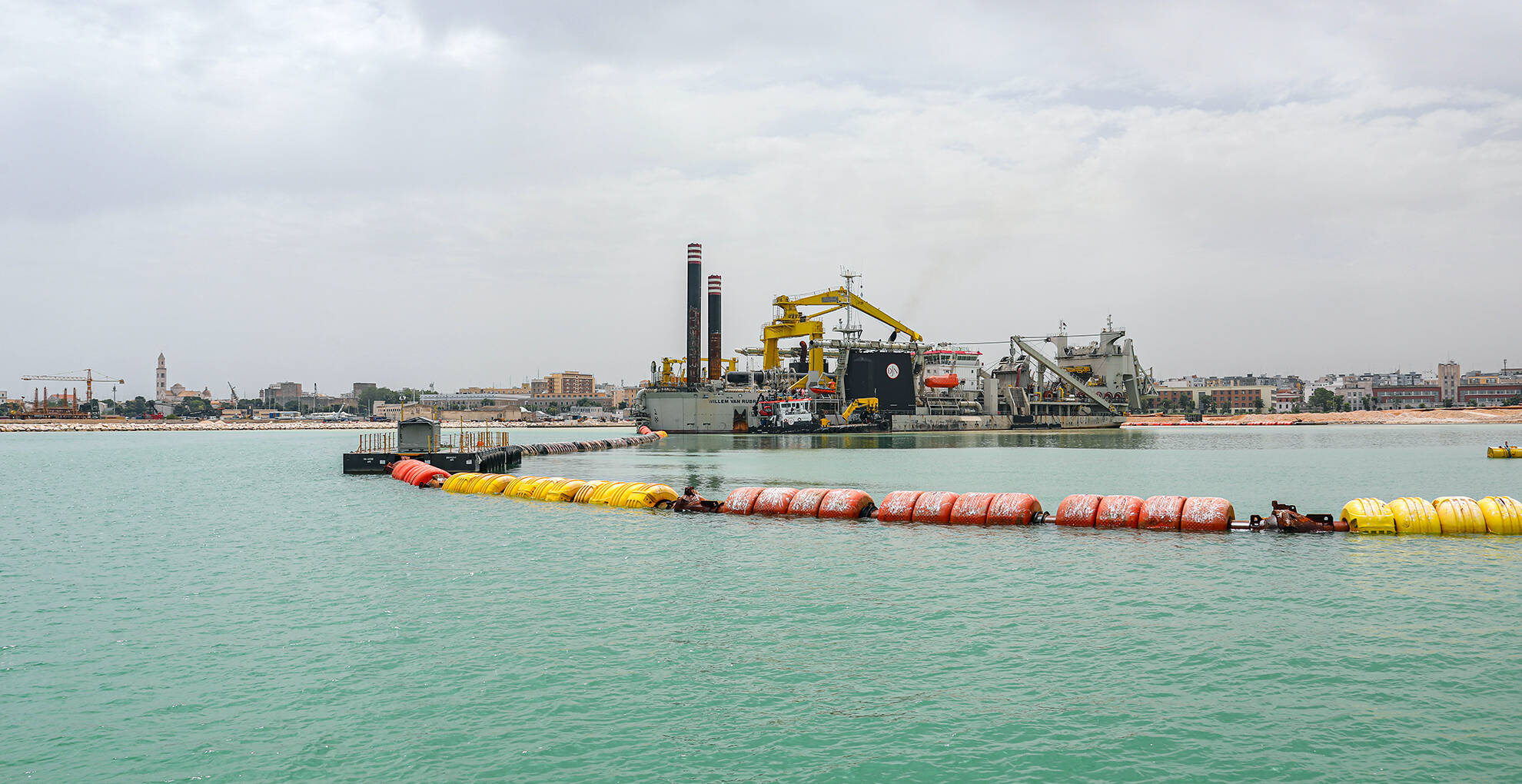


Besides this vessel, we also mobilised four bulldozers, two 50-tonne excavators, one wheelloader, one crawler crane and the multicat DN46.
The crew of the multicat DN46 had their hands full setting up the 900 m floating pipeline, the 30-tonne dredge anchors, 30-tonne sidewire anchors and 180-tonne box anchors. These anchors ensure the Cutter Suction Dredger can deploy all her power and pull her cutterhead firmly in the strong rock. Each location required a different set-up of the vessel, and therefore of all anchors, to keep production sufficiently high.

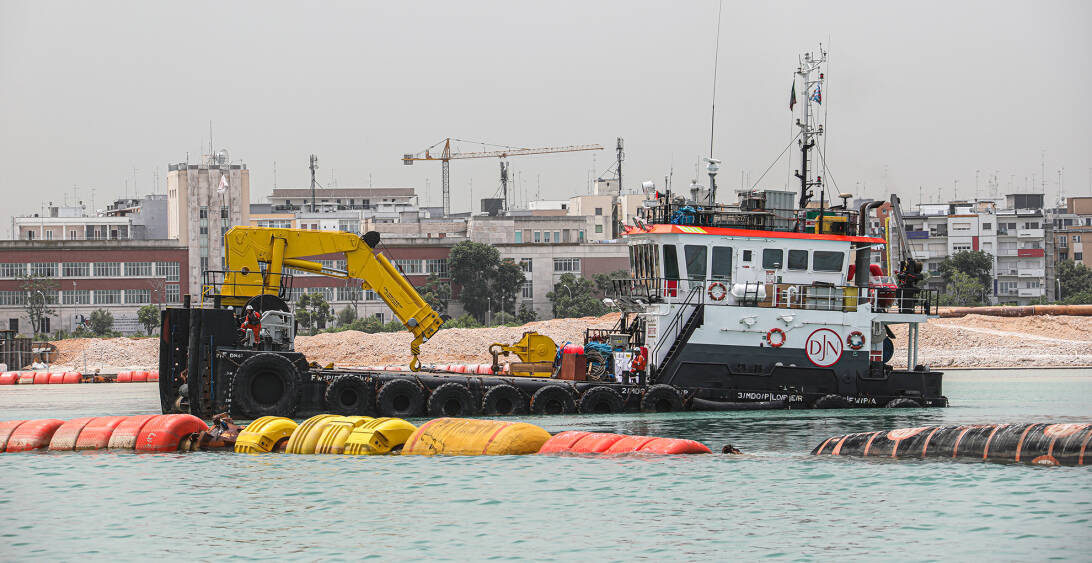
The powerful cutter vessel Willem van Rubroeck far surpasses the existing cutter options on the market.
The cutter is a lot more powerful than others are and therefore able to dredge in very hard rock. This vessel gets her extra power from the combination of her larger electrical drives on the cutter and on the sidewire winches. This allowed the upscaling of cutterhead size and pulling forces. These features together with a heavy cutter ladder weight, allowed the Willem van Rubroeck to push the boundaries of dredging potential.
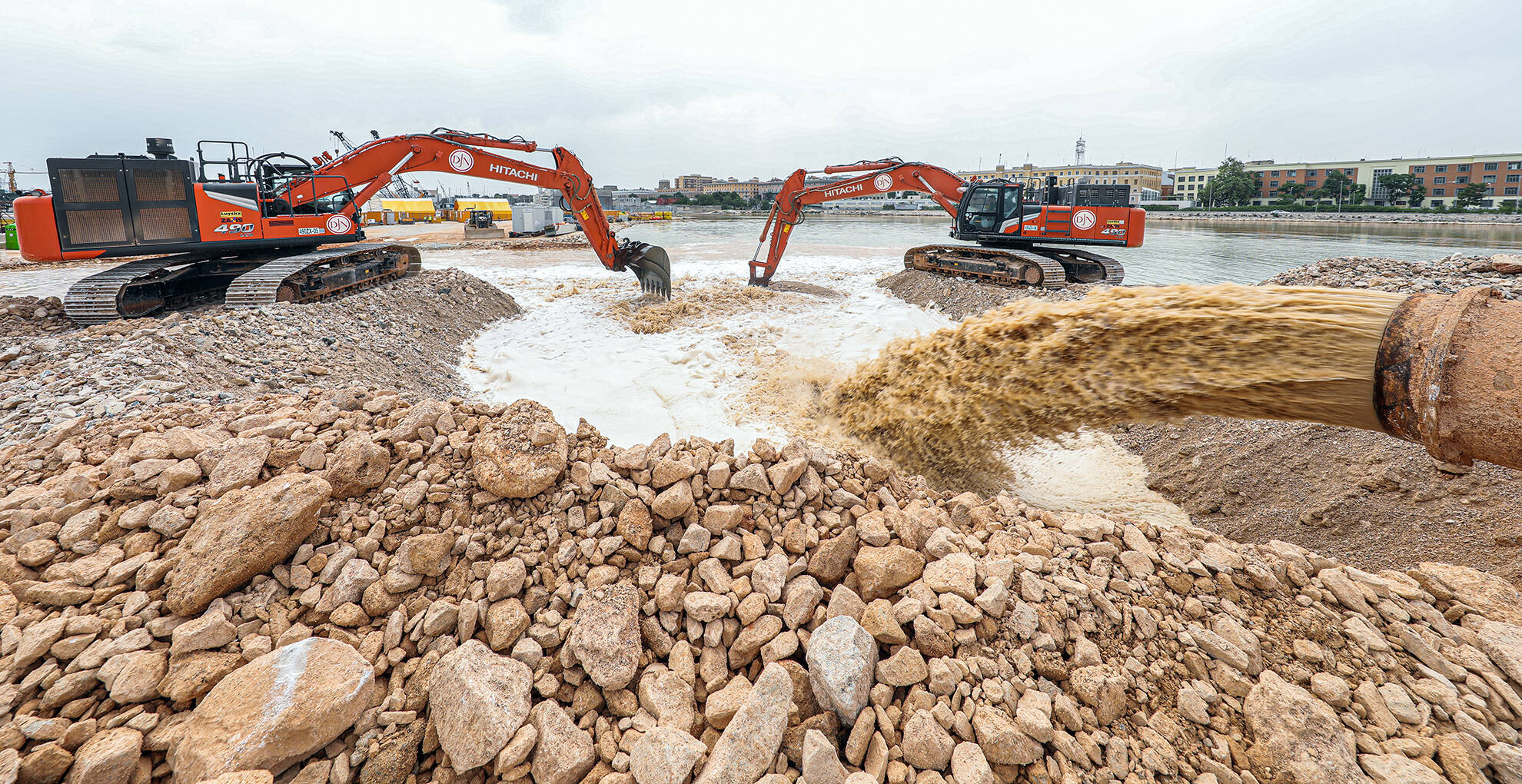
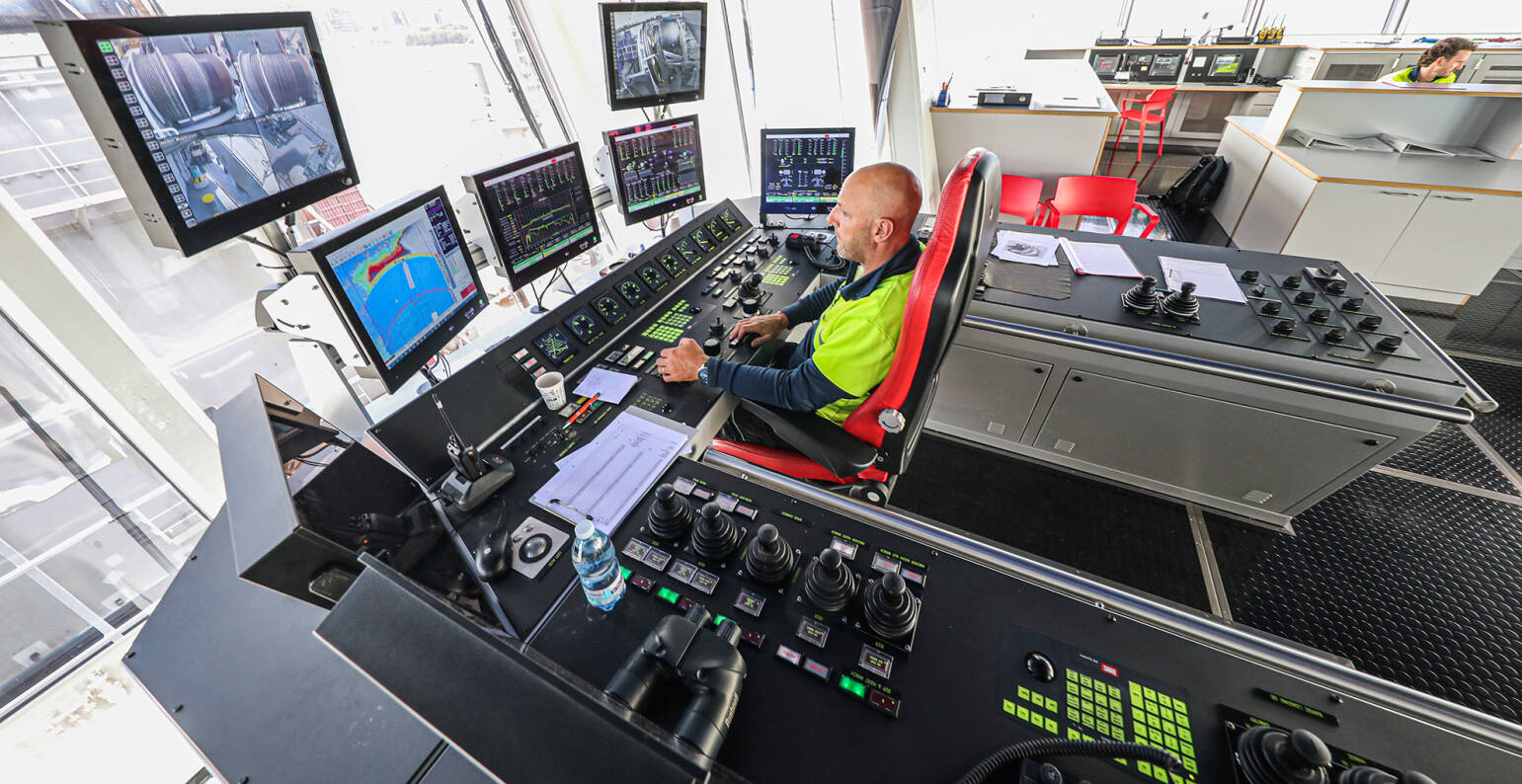
Pushing boundaries of dredging potential
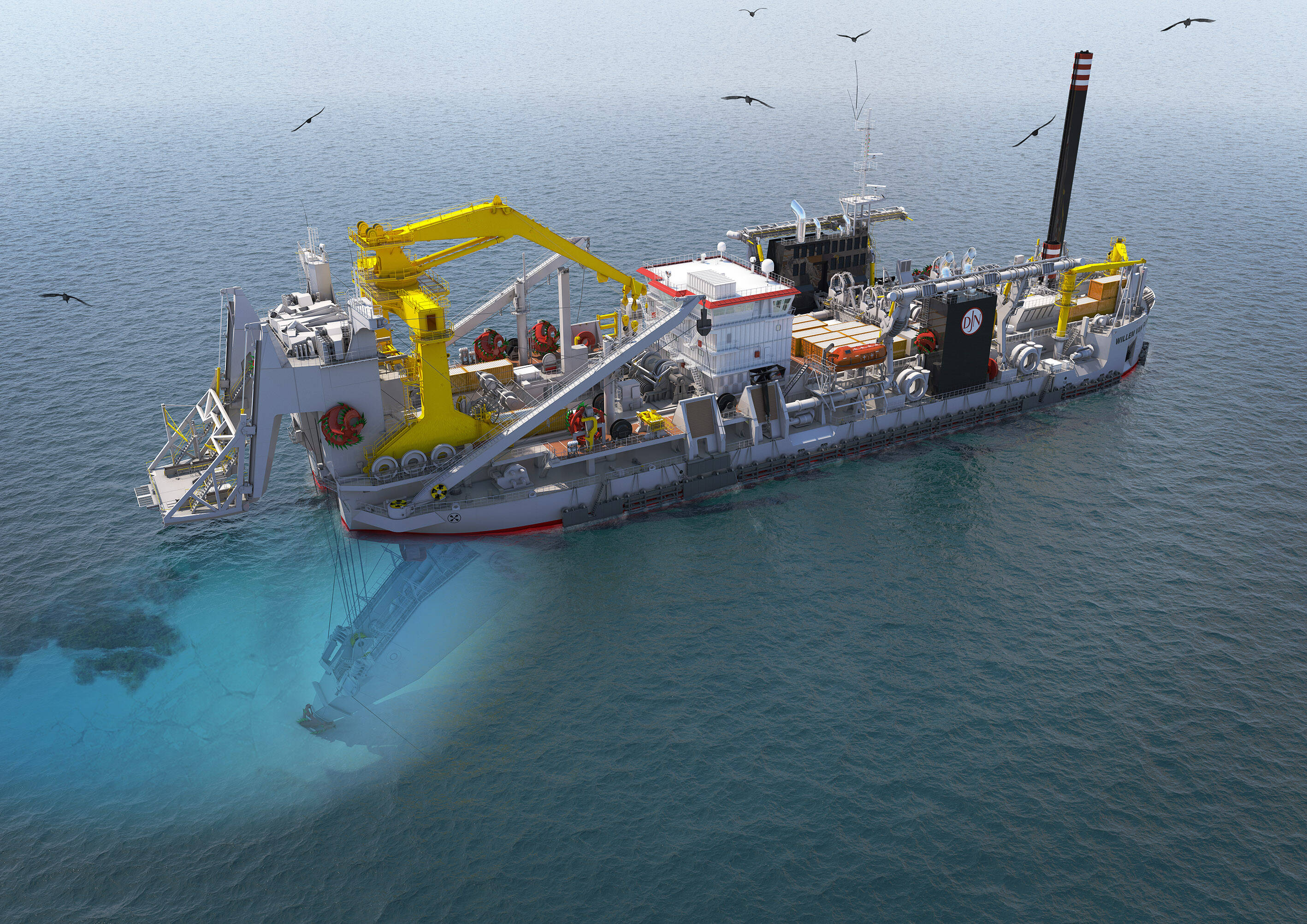
In order to build the new port terminal 586,000 m3 of limestone had to be removed. The typical limestone from the Calcare di Bari formation is known for being very hard. Until the arrival of our cutter vessel Willem van Rubroeck, this soil layer could hardly be removed.
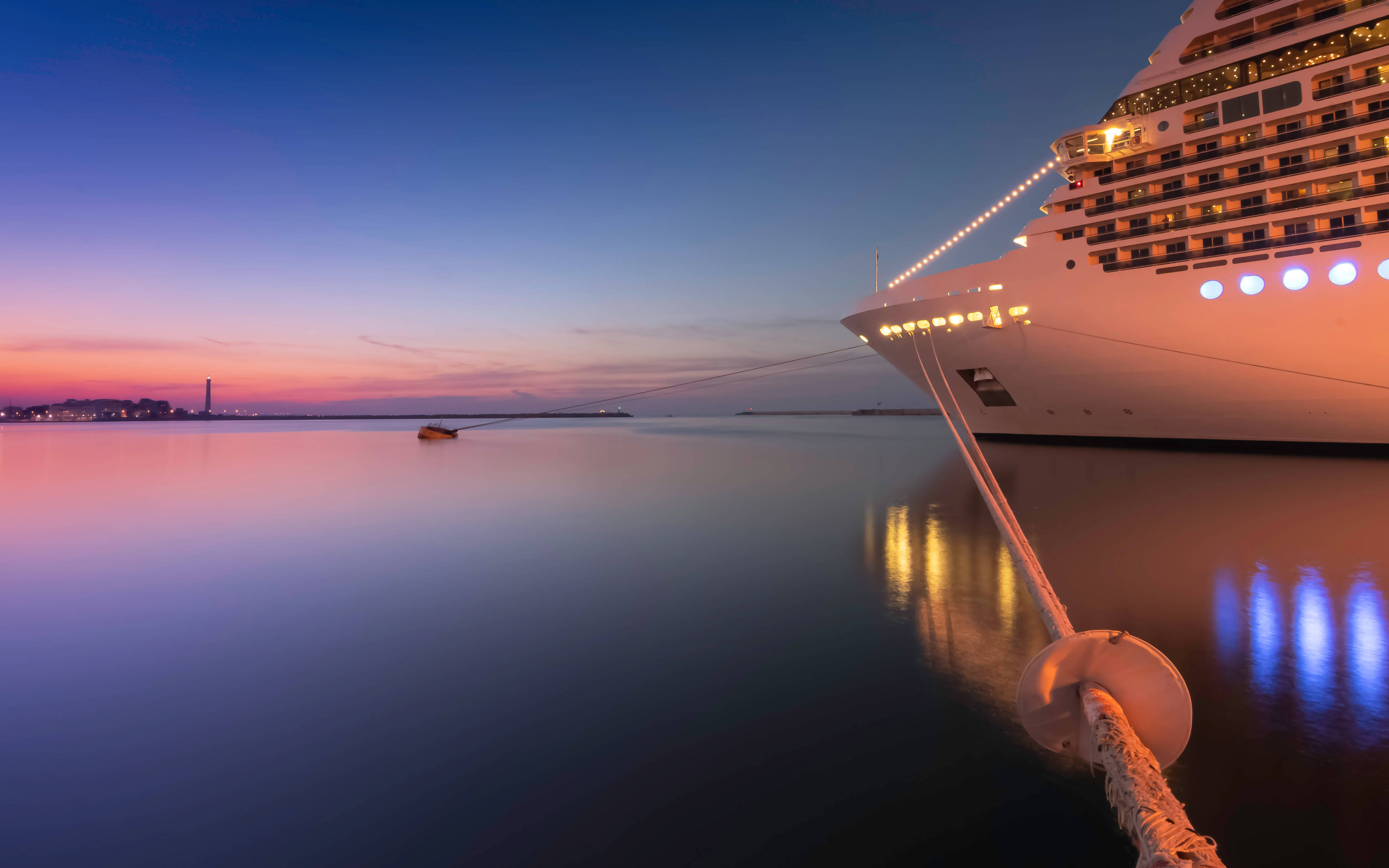
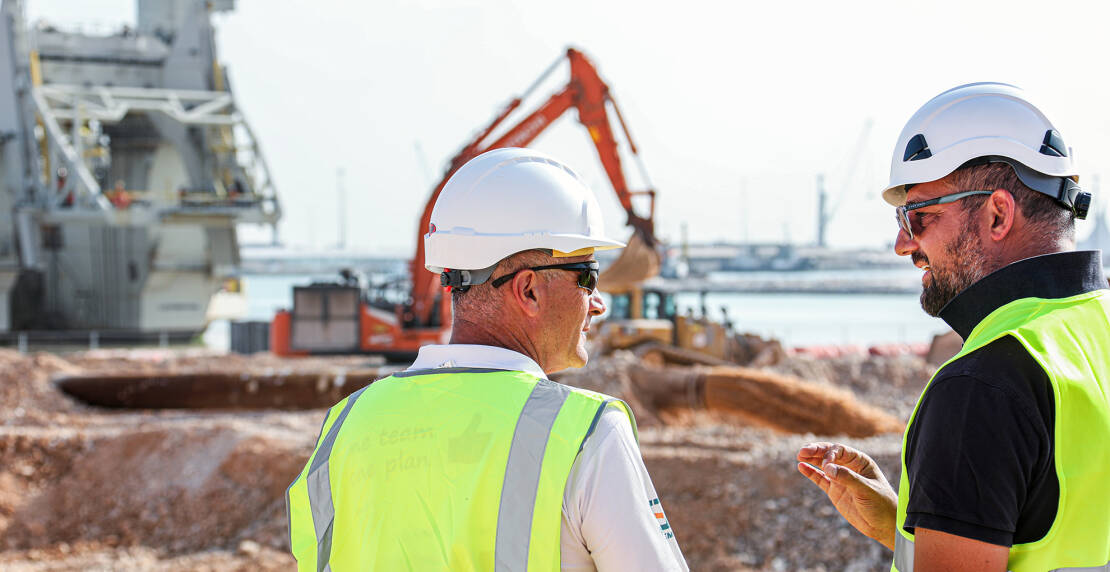
586,000 m3 of limestone removed
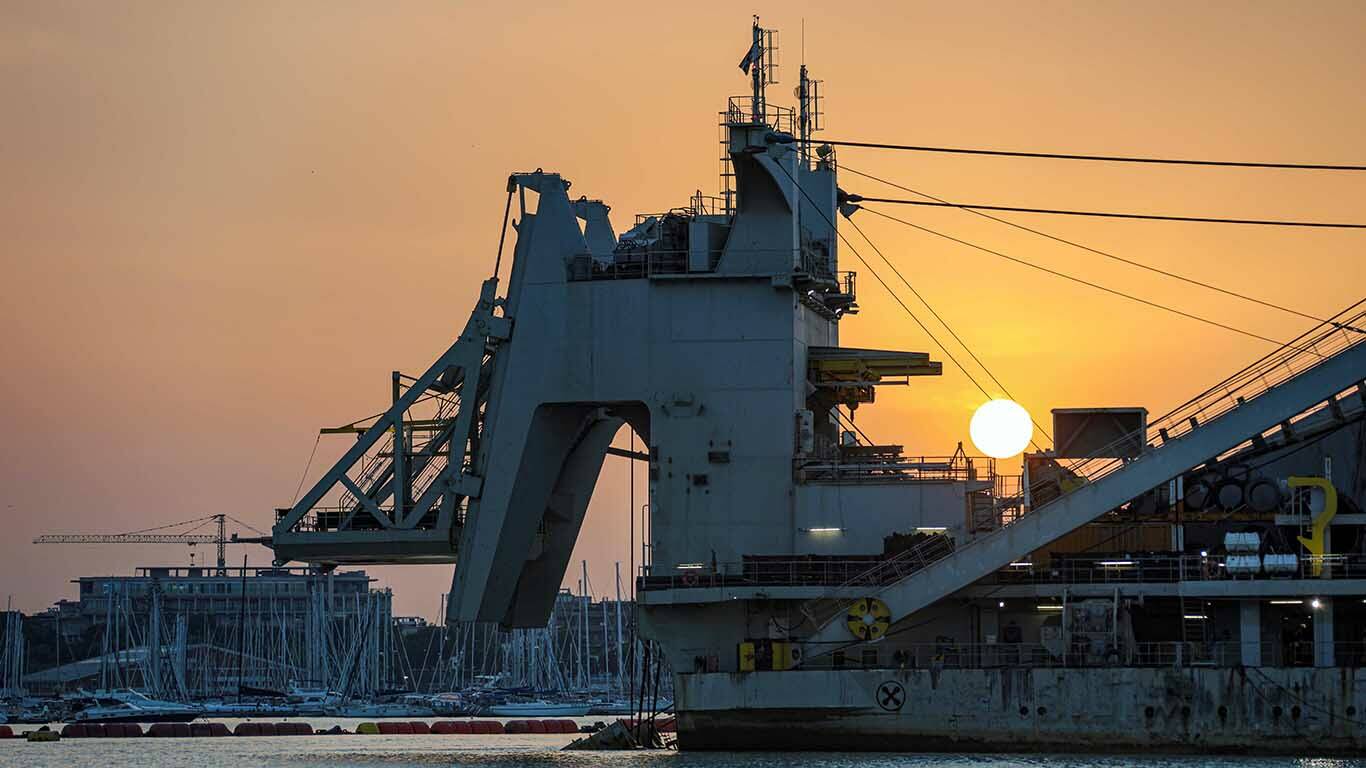
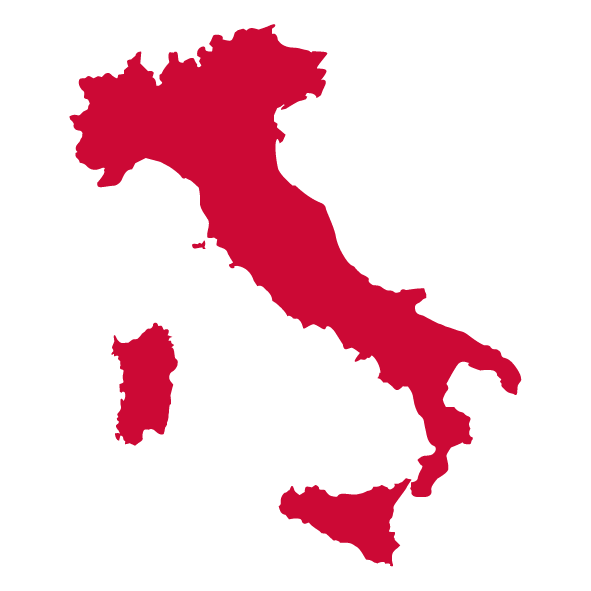
In the south of Italy, the city of Bari is the main economic focal point. The location of Bari on the Adriatic coast is ideal for docking large cruise and container ships and provides a direct connection for ferry services to other South-Eastern European countries such as Croatia, Montenegro and Albania.
The port of Bari is one of the main economic focal points of the Italian southern mainland. The government decided it was time to provide additional facilitation for the region's growth. With the beautiful old city centre as a skyline, we helped constructing an extension to Bari port to make the region ready to receive even more and even larger vessels.

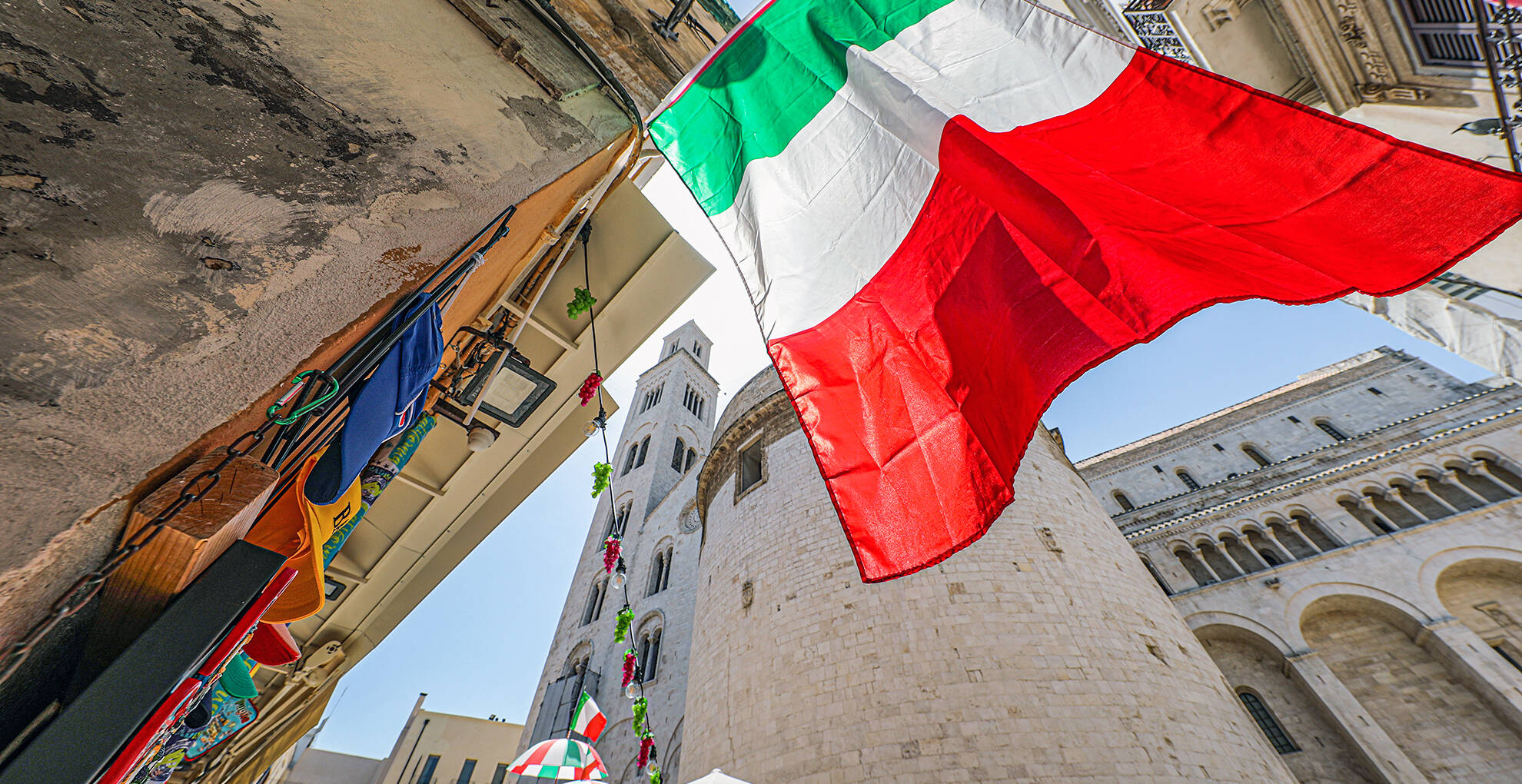

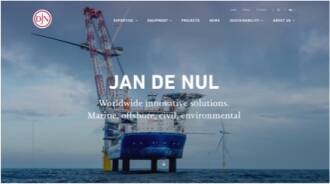
More project info?
Check out our website.
Excellent cooperation with local authorities and stakeholders ensured that the dredging activities could run in parallel with the busy ship traffic in the port itself.

Pick Point Single Weight

Cutter Head Diameter
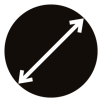
Cutter Head Weight


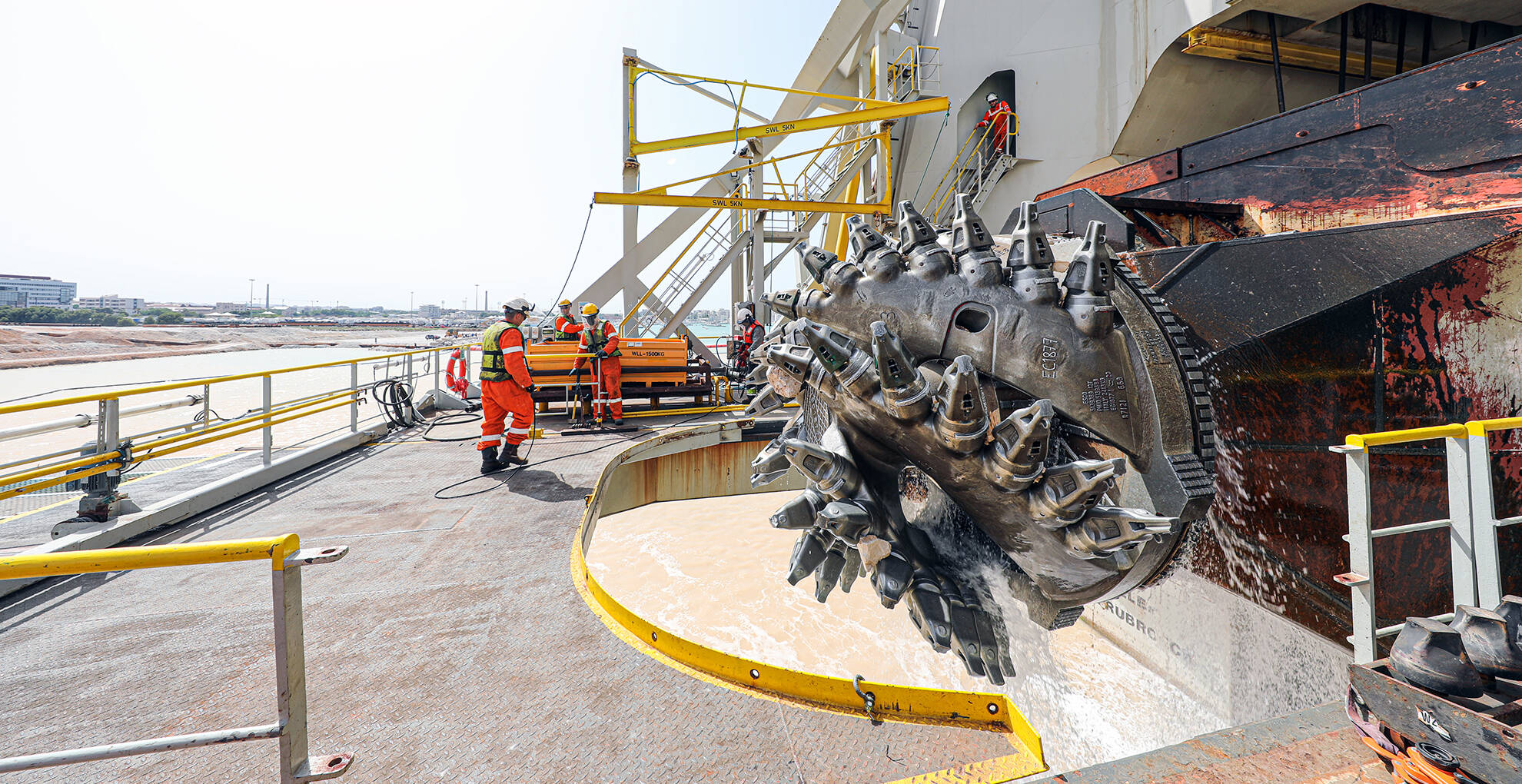
From time to time, the cutter head had to be replaced as well. Depending on the area, this could be as often as once every 12 hours. Thirteen cutter heads were mobilised to have sufficient spares on site. Two mobile welding stations were organised on the shore to repair and prepare the cutter heads.
Beforehand the project team mobilized 15,000 pick points to have sufficient spare parts on site.
After replacing the pick points the cutter head is lowered into the water again and ready for another dredging campaign.
The cutter head is pulled out of the water and crewmembers are taking place on the cutter bordes to manually replace the worn down pick points. During the Bari project, the cutter head consists of 45 pick points. Depending on the ground specifications, the amount of pick points may differ.
Cutter ‘pit stop’ in a nutshell
Board our Willem van Rubroeck and experience dredging in the port of Bari
A floating pipeline of about 900 m
In parallel with the vessel's dredging activities, the new area for the future terminal on land is taking shape. The dredged material is pumped ashore via a floating pipeline of about 900 m. In this reclamation area, new quays will appear where container ships, cruise ships and ferries will be able to moor.

Besides this vessel, we also mobilised four bulldozers, two 50-tonne excavators, one wheelloader, one crawler crane and the multicat DN46.
The crew of the multicat DN46 had their hands full setting up the 900 m floating pipeline, the 30-tonne dredge anchors, 30-tonne sidewire anchors and 180-tonne box anchors. These anchors ensure the Cutter Suction Dredger can deploy all her power and pull her cutterhead firmly in the strong rock. Each location required a different set-up of the vessel, and therefore of all anchors, to keep production sufficiently high.
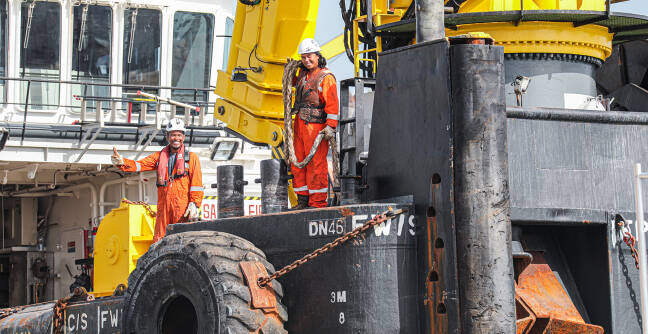
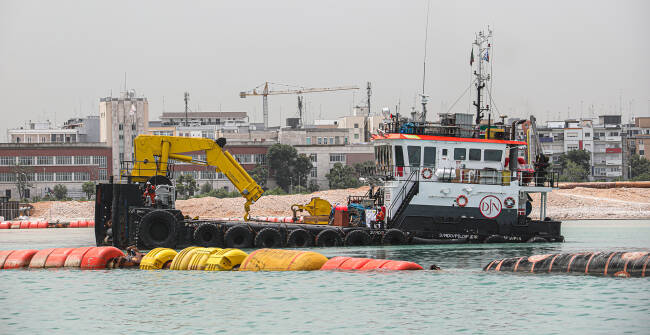

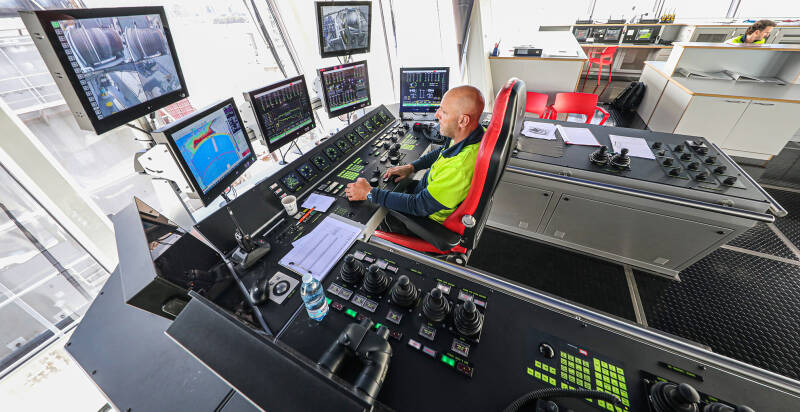
The powerful cutter vessel Willem van Rubroeck far surpasses the existing cutter options on the market.
The cutter is a lot more powerful than others are and therefore able to dredge in very hard rock. This vessel gets her extra power from the combination of her larger electrical drives on the cutter and on the sidewire winches. This allowed the upscaling of cutterhead size and pulling forces. These features together with a heavy cutter ladder weight, allowed the Willem van Rubroeck to push the boundaries of dredging potential.
Pushing boundaries of dredging potential

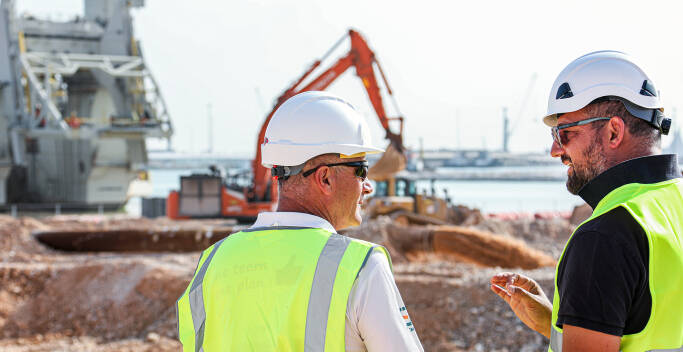
In order to build the new port terminal 586,000 m3 of limestone had to be removed. The typical limestone from the Calcare di Bari formation is known for being very hard. Until the arrival of our cutter vessel Willem van Rubroeck, this soil layer could hardly be removed.
586,000 m3 of limestone removed



In the south of Italy, the city of Bari is the main economic focal point. The location of Bari on the Adriatic coast is ideal for docking large cruise and container ships and provides a direct connection for ferry services to other South-Eastern European countries such as Croatia, Montenegro and Albania.

The port of Bari is one of the main economic focal points of the Italian southern mainland. The government decided it was time to provide additional facilitation for the region's growth. With the beautiful old city centre as a skyline, we helped constructing an extension to Bari port to make the region ready to receive even more and even larger vessels.



